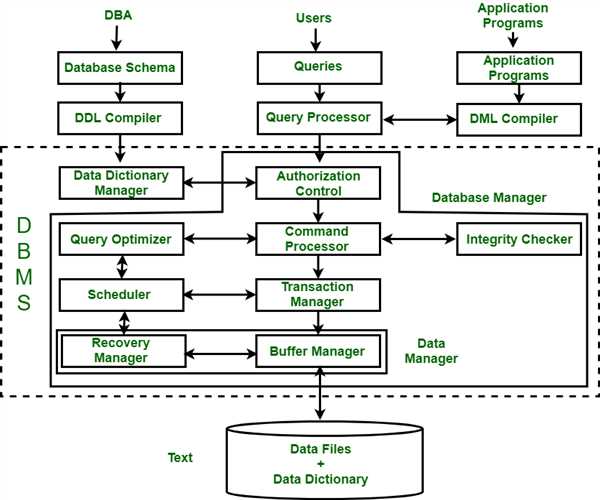A database management system (DBMS) is a software application that enables the creation, organization, management, and manipulation of databases. It provides a structured and efficient way to store, retrieve, and update data, ensuringdata integrity, security, and scalability. Here's an explanation of a database management system along with an example:

A database management system acts as an intermediary between users and the underlying database. It provides an interface that allows users to interact with the database, perform operations, and retrieve information without having to deal with the complexities of data storage and retrieval at the lower levels.
A prime example of a database management system is MySQL. MySQL is an open-source relational database management system that is widely used in web applications and other software systems. It provides a robust and scalable platform for managing and manipulating large volumes of data.
With a DBMS like MySQL, you can create databases and define their structure using tables, columns, and relationships. You can store and organize data in a structured manner, ensuring data consistency and integrity. For example, you can create a database to store customer information, with tables representing customers, orders, and products.
The DBMS allows you to define relationships between tables, such as one-to-one, one-to-many, or many-to-many relationships. This enables you to establish connections and retrieve related data efficiently. For instance, you can retrieve all orders placed by a specific customer or all products associated with a particular order.
A DBMS also provides query capabilities, allowing you to retrieve and manipulate data using structured query language (SQL). You can write SQL statements to perform operations like inserting, updating, and deleting data, as well as querying for specific information. For example, you can use SQL to retrieve all customers who made a purchase in the last month or update the quantity of a specific product.
Additionally, a DBMS manages data security and access control. It allows you to define user roles, permissions, and access levels to ensure that only authorized users can access and modify the data. This helps maintain data confidentiality and prevents unauthorized access or tampering.
DBMSs also offer features for data backup, recovery, and replication. They provide mechanisms to back up databases regularly, allowing you to restore data in the event of a failure or disaster. Replication capabilities enable you to create multiple copies of a database, ensuring high availability and fault tolerance.
In summary, a database management system is a software application that facilitates the creation, organization, management, and manipulation of databases. It simplifies data storage, retrieval, and manipulation by providing a user-friendly interface and powerful query capabilities. Examples like MySQL demonstrate how a DBMS can effectively handle large amounts of data, enforce data integrity, provide security, and enable efficient data retrieval and manipulation.